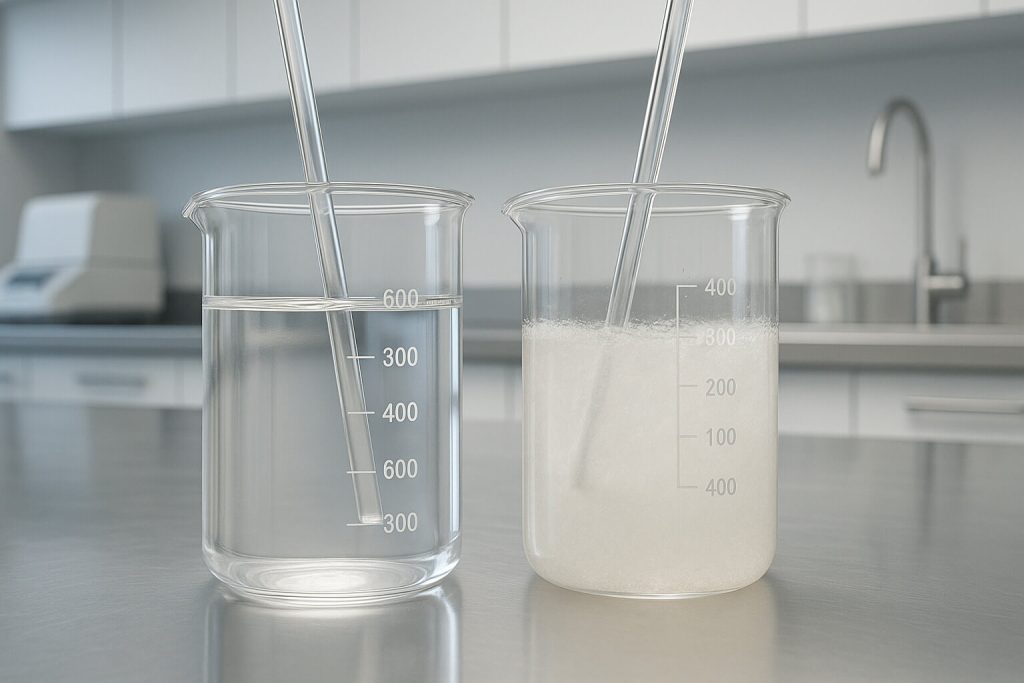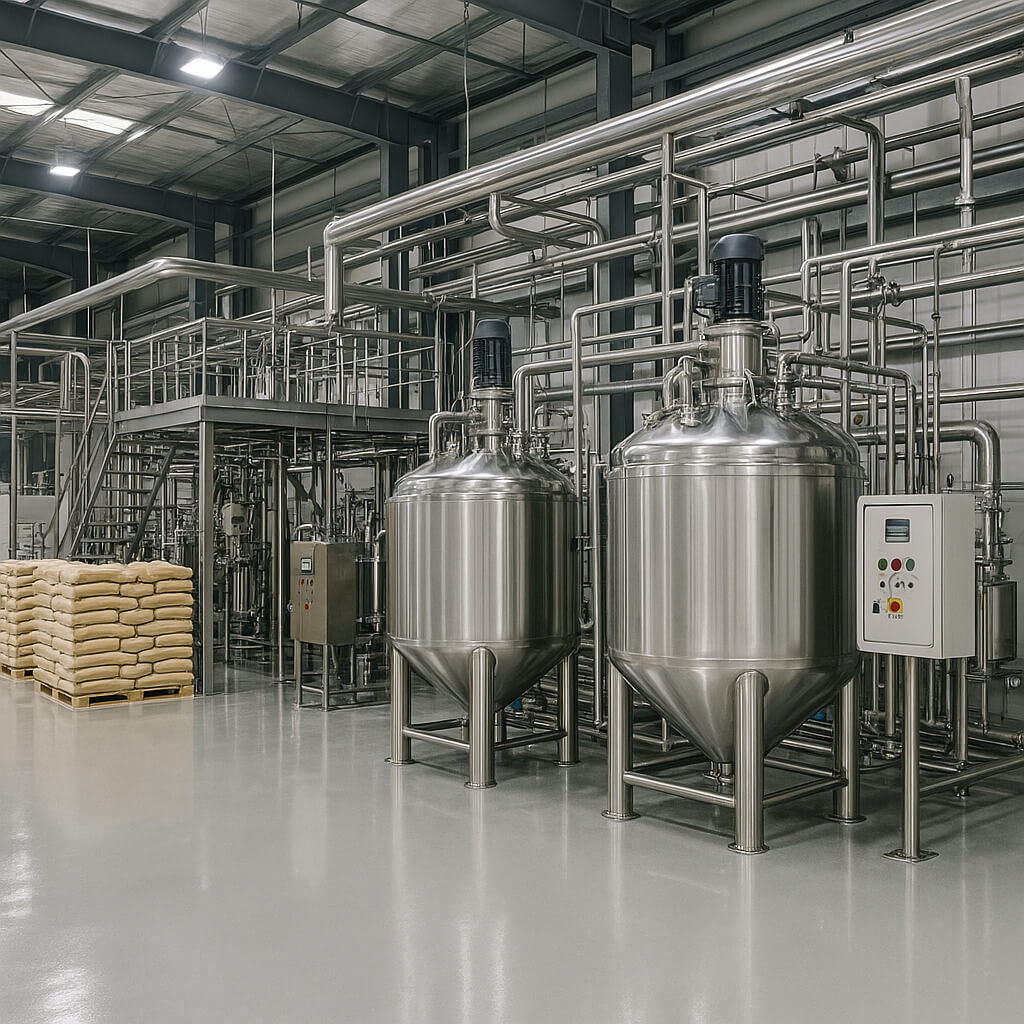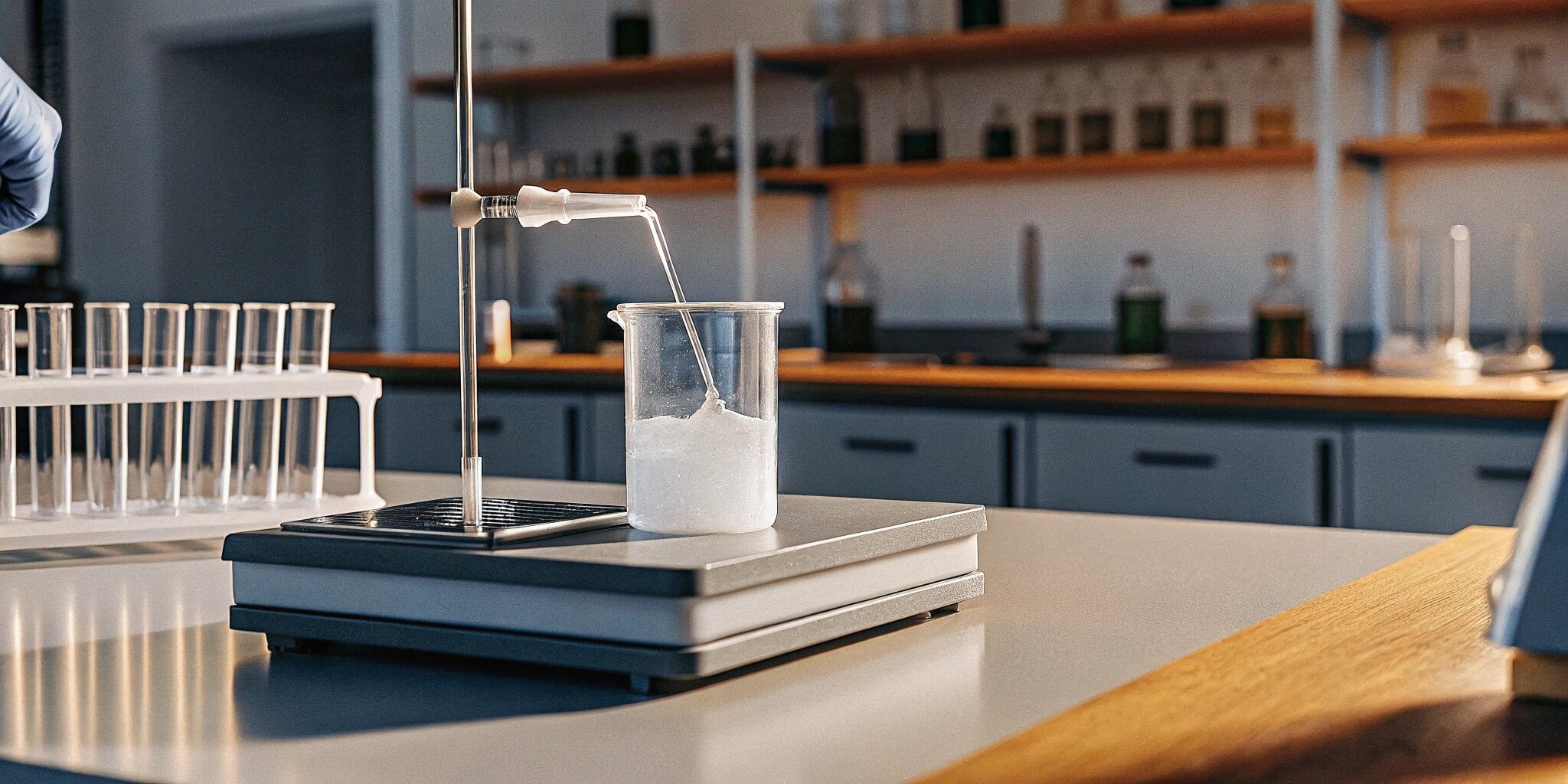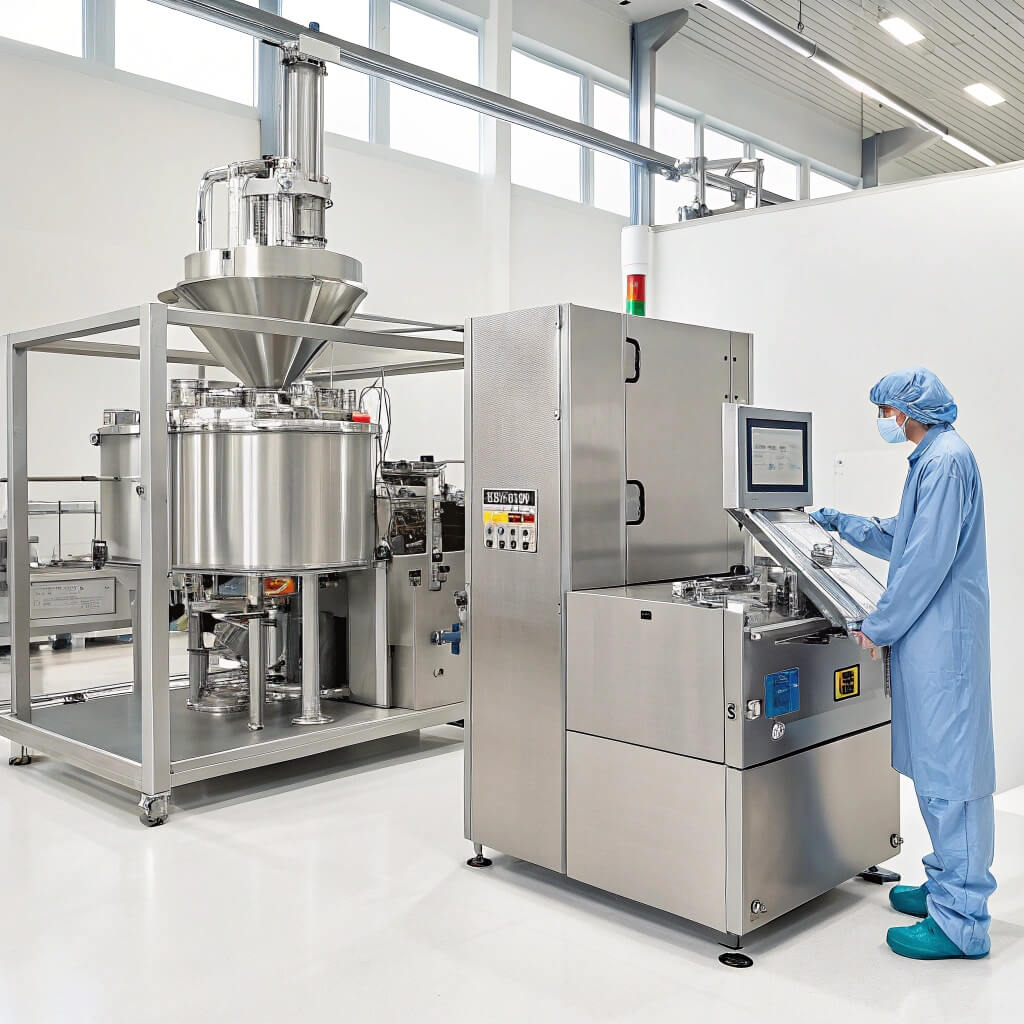Hydroxypropyl Methylcellulose (HPMC) is an essential cellulose derivative used in a variety of industrial sectors. Its versatility and effectiveness make it a valuable ingredient in products ranging from pharmaceuticals to construction materials. In this article, we will explore the key characteristics of HPMC, its production process, and how it benefits different industries. By the end, you will have a clear understanding of why HPMC is so widely used and how its unique properties contribute to its diverse applications.

1. What is Hydroxypropyl Methylcellulose (HPMC)?
Hydroxypropyl Methylcellulose (HPMC) is a non-ionic cellulose derivative. It is produced by chemically modifying cellulose, which is a natural polymer obtained from plant sources. Through a two-step process, cellulose undergoes etherification and hydroxypropylation, where methyl and hydroxypropyl groups are introduced to the structure, resulting in HPMC. These modifications enhance its solubility in water and its ability to form films.
The chemical structure of HPMC allows it to dissolve easily in cold water, unlike other cellulose derivatives that require heat to dissolve. This unique feature makes HPMC highly desirable for use in products that need to be dissolved or dispersed quickly. The ratio of methyl and hydroxypropyl groups can be adjusted during the production process to alter the properties of HPMC, such as viscosity, solubility, and film-forming ability.
Why does this matter? The versatility of HPMC allows it to be used across a wide range of industries. Whether it’s for enhancing the texture of food, improving the adhesion of construction materials, or controlling the release of drugs in pharmaceuticals, the ability to customize its properties makes HPMC an indispensable ingredient in many formulations.
| Ингредиент | Role in HPMC Production | Function in Application |
|---|---|---|
| Cellulose | Base material | Forms the backbone of HPMC |
| Метильные группы | Химическая модификация | Enhances water solubility |
| Гидроксипропильные группы | Химическая модификация | Improves viscosity and solubility |
2. What Are the Key Characteristics of Hydroxypropyl Methylcellulose?
The key characteristics of Hydroxypropyl Methylcellulose (HPMC) lie in its solubility, viscosity, water retention, and film-forming abilities. These properties make HPMC a highly functional ingredient in a variety of industries. Let’s break down these essential characteristics:
- Растворимость: One of the most important properties of HPMC is its ability to dissolve in cold water. This makes it ideal for use in water-based formulations where heat-sensitive components are involved. HPMC’s solubility also makes it an excellent choice for creating products like coatings and adhesives that require quick application.
- Вязкость: HPMC has excellent viscosity-modifying properties, meaning it can thicken solutions or suspensions without affecting other ingredients in the formulation. This characteristic is especially useful in industries like pharmaceuticals and construction, where the thickness of a product is critical for performance.
- Удержание воды: Another significant feature of HPMC is its ability to retain water. In construction, this means it can improve the workability of cement-based products, such as mortar and tile adhesives, by preventing them from drying out too quickly. In the food industry, HPMC helps to maintain the desired texture and consistency by preventing moisture loss.
- Film-Forming: HPMC has the ability to form flexible films when dissolved in water. This is particularly useful in pharmaceutical coatings, as it provides a controlled-release mechanism for drugs. In cosmetics, HPMC creates smooth, uniform coatings on skin products, improving texture and stability.
What does this mean for industries? These key characteristics allow HPMC to be a versatile and effective ingredient in products across a wide range of sectors, from construction to pharmaceuticals, food, and cosmetics.
| Characteristic | Function in Application | Industry Benefit |
|---|---|---|
| Растворимость | Dissolves easily in cold water | Ideal for water-based formulations |
| Вязкость | Thickens solutions without altering other ingredients | Used in construction, pharmaceuticals, and food |
| Удержание воды | Prevents premature drying or moisture loss | Enhances workability in construction and consistency in food |
| Film-Forming | Creates flexible, stable films | Controls drug release and improves product stability |
3. How Does Hydroxypropyl Methylcellulose Improve Workability in Construction?
In the construction industry, Hydroxypropyl Methylcellulose (HPMC) is used in a variety of materials, including tile adhesives, mortars, and grouts. The key benefit of HPMC in these materials is its ability to enhance workability. For example, when added to tile adhesives, HPMC improves the spreadability and ease of application, allowing workers to apply the product more evenly and efficiently.
HPMC also plays a crucial role in water retention. When mixed with cement or mortar, HPMC helps maintain moisture levels for longer periods, preventing the mixture from drying out too quickly. This is particularly important in construction projects where materials need to be workable for extended periods, especially in large-scale applications.
Additionally, the viscosity-enhancing properties of HPMC contribute to the overall stability of construction materials. By improving the thickness and consistency of adhesives and mortars, HPMC ensures that these materials bond effectively and maintain their performance over time. This results in stronger, more durable construction materials that are easier to work with.
Here’s why this matters: For construction professionals, HPMC offers significant advantages in terms of material performance and ease of use. The ability to work with more manageable materials leads to better results and faster project timelines.
| Приложение | Преимущество HPMC | Key Impact |
|---|---|---|
| Клеи для плитки | Improved spreadability and adhesion | Easier application, stronger bond |
| Mortars | Enhanced moisture retention | Prevents premature drying and cracking |
| Cement-based Products | Increased workability and consistency | Better handling and stronger results |
4. How is Hydroxypropyl Methylcellulose Used in Pharmaceuticals?
Hydroxypropyl Methylcellulose (HPMC) is a crucial ingredient in the pharmaceutical industry. It is primarily used as a binder and stabilizer in the formulation of tablets and capsules. As a binder, HPMC helps to hold the ingredients of a tablet together, ensuring that it remains intact during production, storage, and consumption.
In addition to its binder properties, HPMC plays an important role in controlled-release drug formulations. By adjusting the degree of substitution of the methyl and hydroxypropyl groups, HPMC can be formulated to release the active pharmaceutical ingredients (APIs) over an extended period. This sustained release helps maintain therapeutic drug levels in the body, improving patient compliance and reducing the frequency of dosing.
HPMC’s film-forming ability also makes it useful in tablet coatings, where it creates a protective barrier around the active ingredients. This barrier helps prevent degradation of the APIs due to exposure to light or moisture, ensuring the stability and efficacy of the drug.
You might be wondering how HPMC contributes to controlled drug release. By forming a gel-like matrix when in contact with water, HPMC slowly releases the active ingredients over time, providing sustained therapeutic effects.
| Pharmaceutical Use | Роль HPMC | Преимущество HPMC |
|---|---|---|
| Таблетки | Binder and stabilizer | Ensures integrity and stability |
| Capsules | Controlled release agent | Delivers drug over a longer period |
| Liquid Medications | Film-forming agent | Protects and stabilizes active ingredients |
5. How Does Hydroxypropyl Methylcellulose Enhance Food Products?
Hydroxypropyl Methylcellulose (HPMC) is a valuable ingredient in the food industry, where it is used to improve texture, consistency, and shelf life. In dairy products like ice cream, HPMC helps to maintain a smooth and creamy texture by preventing the formation of ice crystals. This ensures that the product remains stable and appealing even after freezing.
HPMC is also commonly used in sauces, soups, and dressings to increase viscosity and provide a thicker, more consistent texture. It helps prevent separation and ensures that the product maintains its desired consistency throughout its shelf life.
In gluten-free products, HPMC is particularly useful in improving the texture and structure that is often lacking in gluten-free alternatives. It acts as a binding agent, helping to hold the ingredients together and providing the necessary elasticity and structure that gluten typically provides in traditional baked goods.
Why does this matter? By enhancing texture and stability, HPMC ensures that food products meet consumer expectations for quality, consistency, and performance. This makes it an essential ingredient for manufacturers looking to create high-quality, long-lasting products.
| Приложение | Роль HPMC | Преимущество HPMC |
|---|---|---|
| Молочные продукты | Prevents ice crystals, improves creaminess | Enhances texture, prevents ice formation |
| Sauces and Dressings | Increases viscosity and stability | Ensures consistent texture and product stability |
| Безглютеновые продукты | Improves structure and texture | Enhances texture and mouthfeel in gluten-free foods |
6. How Does Hydroxypropyl Methylcellulose Contribute to Environmental Sustainability?
One of the significant advantages of Hydroxypropyl Methylcellulose (HPMC) is its environmental sustainability. Derived from cellulose, a renewable and biodegradable material, HPMC offers an eco-friendly alternative to synthetic polymers. Its biodegradability ensures that it breaks down naturally over time, reducing the environmental impact of products that contain it.
HPMC’s production process is also relatively low in environmental impact compared to other synthetic materials. The cellulose used to create HPMC is sourced from plant fibers, which are abundant and renewable. Moreover, ongoing research in the production of HPMC focuses on improving sustainability by reducing energy consumption and waste during manufacturing.
Here’s the key takeaway: HPMC’s eco-friendly nature, combined with its renewable source and biodegradable properties, makes it an excellent choice for industries seeking sustainable solutions without compromising performance.
| Environmental Aspect | Влияние HPMC | Sustainability Feature |
|---|---|---|
| Биоразлагаемость | Breaks down naturally in the environment | Low long-term environmental impact |
| Renewable Sourcing | Derived from plant cellulose | Supports sustainable production |
7. How Does Hydroxypropyl Methylcellulose Compare to Other Cellulose Derivatives?
Hydroxypropyl Methylcellulose (HPMC) is often compared to other cellulose derivatives, such as methylcellulose and carboxymethylcellulose. One of the key differences between HPMC and methylcellulose is that HPMC is soluble in cold water, whereas methylcellulose requires hot water for dissolution. HPMC also has superior viscosity and film-forming properties compared to both methylcellulose and carboxymethylcellulose.
Carboxymethylcellulose, on the other hand, is more highly viscous but is not as soluble in cold water as HPMC. This makes HPMC a more versatile option in applications where both high solubility and viscosity are required.
What does this mean for industries? The unique combination of solubility, viscosity, and film-forming ability makes HPMC a preferred choice for a variety of industrial applications, from pharmaceuticals to construction and food production.
| Cellulose Derivative | Растворимость | Вязкость | Common Uses |
|---|---|---|---|
| Гидроксипропилметилцеллюлоза | Soluble in cold water | Moderate to high | Pharmaceuticals, construction, food |
| Methylcellulose | Soluble in hot water | Low to moderate | Продукты питания, фармацевтика |
| Carboxymethylcellulose | Soluble in water | Высокий | Food, cosmetics |
8. What Future Innovations Are Expected for Hydroxypropyl Methylcellulose?
The future of Hydroxypropyl Methylcellulose (HPMC) looks promising, with ongoing research aimed at improving its performance and expanding its applications. One area of focus is enhancing the sustainability of its production process, reducing energy consumption and minimizing waste. Additionally, HPMC’s ability to function as a binder and stabilizer makes it a strong candidate for use in new product categories, including biodegradable packaging and advanced 3D printing materials.
Exciting possibilities: As industries increasingly demand eco-friendly solutions, HPMC’s versatility and sustainability make it an ideal ingredient for emerging applications in manufacturing and materials science.
| Area of Innovation | Potential Impact | Future Application |
|---|---|---|
| Устойчивое производство | Reduced environmental impact | More eco-friendly products |
| Advanced Manufacturing | Improved properties in new materials | Biodegradable packaging, 3D printing |
Часто задаваемые вопросы
Q1: Что такое гидроксипропилметилцеллюлоза?
Hydroxypropyl Methylcellulose (HPMC) is a cellulose derivative used in various industries for its ability to modify viscosity, enhance texture, and retain water.
Q2: How does Hydroxypropyl Methylcellulose improve workability in construction?
HPMC improves the workability of construction materials like tile adhesives and mortars by enhancing spreadability, water retention, and adhesion. This ensures smoother application and stronger, more durable bonds.
Q3: How is Hydroxypropyl Methylcellulose used in food products?
HPMC is used to improve texture, consistency, and stability in food products, including dairy, sauces, and gluten-free items.
Q4: What are the environmental benefits of Hydroxypropyl Methylcellulose?
HPMC is biodegradable, made from renewable cellulose, and is a more sustainable alternative to synthetic materials in various industrial applications.
Q5: How does Hydroxypropyl Methylcellulose contribute to drug delivery systems?
HPMC is used in drug formulations for controlled and sustained release, enhancing bioavailability and improving the effectiveness of medications.




